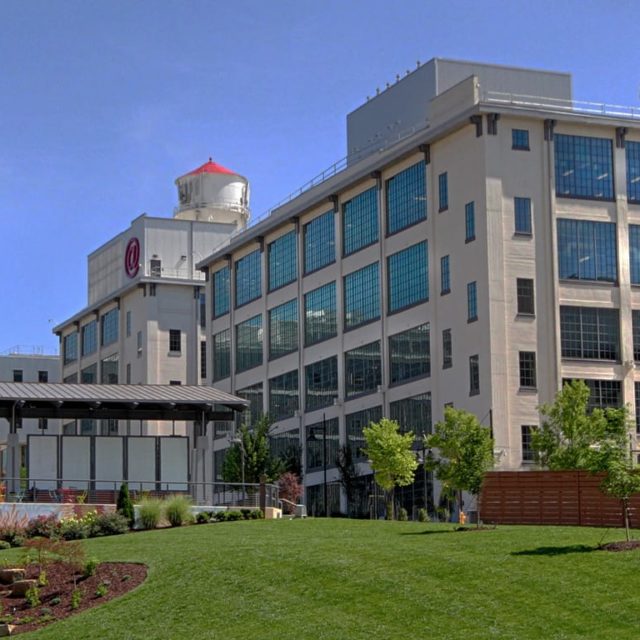

In 1997, the school was renamed Wake Forest University School of Medicine, and the medical school campus became the Bowman Gray Campus. More than $700 million was spent on new buildings and equipment for the School of Medicine and medical center campus in the 1990s and 2000s. James Toole, a neurologist who opened the Stroke Center soon after arriving in 1962 and who wrote a widely used text, Cerebrovascular Disorders.Ī flurry of building projects beginning in the late 1950s and continuing today began a period of expansion that continues today.He encouraged faculty to pursue research grants, which helped the school in its push toward research and growth as an academic medical center. Richard Masland, a professor of psychiatry and neurology who later became director of the National Institute of Neurological Diseases and Blindness.Camillo Artom, a renowned Italian biochemistry expert who fled Italy to escape fascism, and who, at Wake Forest, worked with lipids in research on atherosclerosis, among other subjects.The school became known for its innovative curriculum and prominent faculty members, including: The rest of Wake Forest University would follow the medical school to Winston-Salem in 1956, in an effort led by the family of R.J. Baptist Hospital with 75 students, including 45 freshmen and 30 sophomores. In 1941, Bowman Gray School of Medicine opened on the campus of N.C. After the University of North Carolina rejected a chance to obtain the money because it did not want to leave Chapel Hill, Wake Forest's medical school dean, Coy Cornelius Carpenter, in 1939 helped to forge a deal for the funds. The Gray family decided to offer the money to a medical school willing to relocate to Winston-Salem.

#Wake forest school of medicine how to
in Winston-Salem, also in 1935, led his family to consider how to best make use of $750,000 that he left to be put toward a community cause. Meanwhile, the death of Bowman Gray, the president of R.J. In the wake of a 1935 Carnegie Foundation report suggesting the dissolution of two-year medical schools, those schools began to consider alternatives. The Southern Baptists chose Winston-Salem, and an 88-bed hospital opened there in 1923. Applications were received from Raleigh, High Point, Charlotte, Greensboro, Salisbury and Winston-Salem. The Southern Baptist denomination in 1919 began its first planning for a hospital directed primarily at the care of the poor. Tuition was $37.50 per term additional fees were charged for laboratories and student health care. Thirteen students made up the charter medical class. In 1902, the two-year Wake Forest College Medical School was founded on the college campus in Wake Forest, North Carolina. News & World Report’s Best Hospitals.Statue of Bowman Gray (now relocated) at the former entrance to the School of Medicine Our care and treatments have been recognized as High Performing in Neurology and Neurosurgery by U.S. We are proud to have 2 board-certified and fellowship-trained pediatric neurosurgeons on our team that serve our smallest patients at Brenner Children's. We combine the latest treatments and technologies with advanced research and renowned specialty programs to bring you the region’s most comprehensive care for brain, spine and nervous system disorders. Our neurosurgeons also specialize in complex spinal surgeries, surgical management of epilepsy and comprehensive stroke care. We have one of the nation's leading Gamma Knife Centers and are one of the few centers in the country using Deep Brain Stimulation in the treatment of movement disorders, brain tumors, Tourette syndrome and depression. A neurosurgeon may provide either surgical or non-surgical care depending on the nature of the injury or illness.Īt Wake Forest Baptist, many of our neurosurgeons are world-leaders in minimally-invasive techniques and MRI-guided laser surgeries. Neurological surgeons (neurosurgeons) provide diagnosis and treatment to patients with injury to or diseases of, the brain, spine or peripheral nerves.


 0 kommentar(er)
0 kommentar(er)
